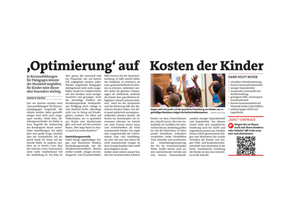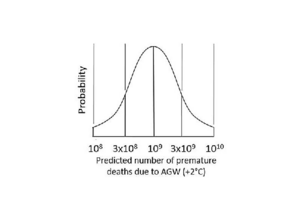Consonance and Pleasantness of Musical Chords:
Effect of Context and Timbre
Guest lecture, Tuesday 12 November 2013 at 5.15 pm, SR 15.17 (Resowi F1)
All welcome!
Many psychoacoustic theories relating to C/D have been proposed over the centuries, yet little is still known about what influence a listener’s musical schema might have on their perception of C/D. How and to what ex-tent do our musical representations influence our C/D judgements? According to musical schema and expecta-tion theory, listeners tend to perceive more familiar and expected musical events more positively. From this, it is presumed that the same chord will be perceived as being more consonant when it has more expected and fa-miliar features. For example, a chord featuring in an orthodox harmonic progression is expected to sound more consonant than the same chord in an atypical harmonic progression, and more consonant still when in a famili-ar timbre rather than an unfamiliar one. The way in which the familiarity of context and timbre influence the perception of the C/D of a chord will be discussed, with empirical evidence cited to support the conclusions.
Yuko Arthurs
Yuko Arthurs is a PhD student at the University of Sheffield’s Music Department, Sheffield, England. Originally from Japan, she studied musicology (BA) and music (MA) at Tokyo University of the Arts, and psychology of music (MA) at the University of Sheffield. While in Tokyo, she studied J.S. Bach’s sacred music, Japanese theoretical arts, the history of Japanese music, and sound techniques. She encountered music psychology through her study of psychoacoustics, and was attracted by the possibility it held of helping us to understand and explain our musical experience using empirical methods. For her current PhD studies, she is hoping to disentangle the influence of nature and nurture in shaping our experience of consonance and dissonance.





